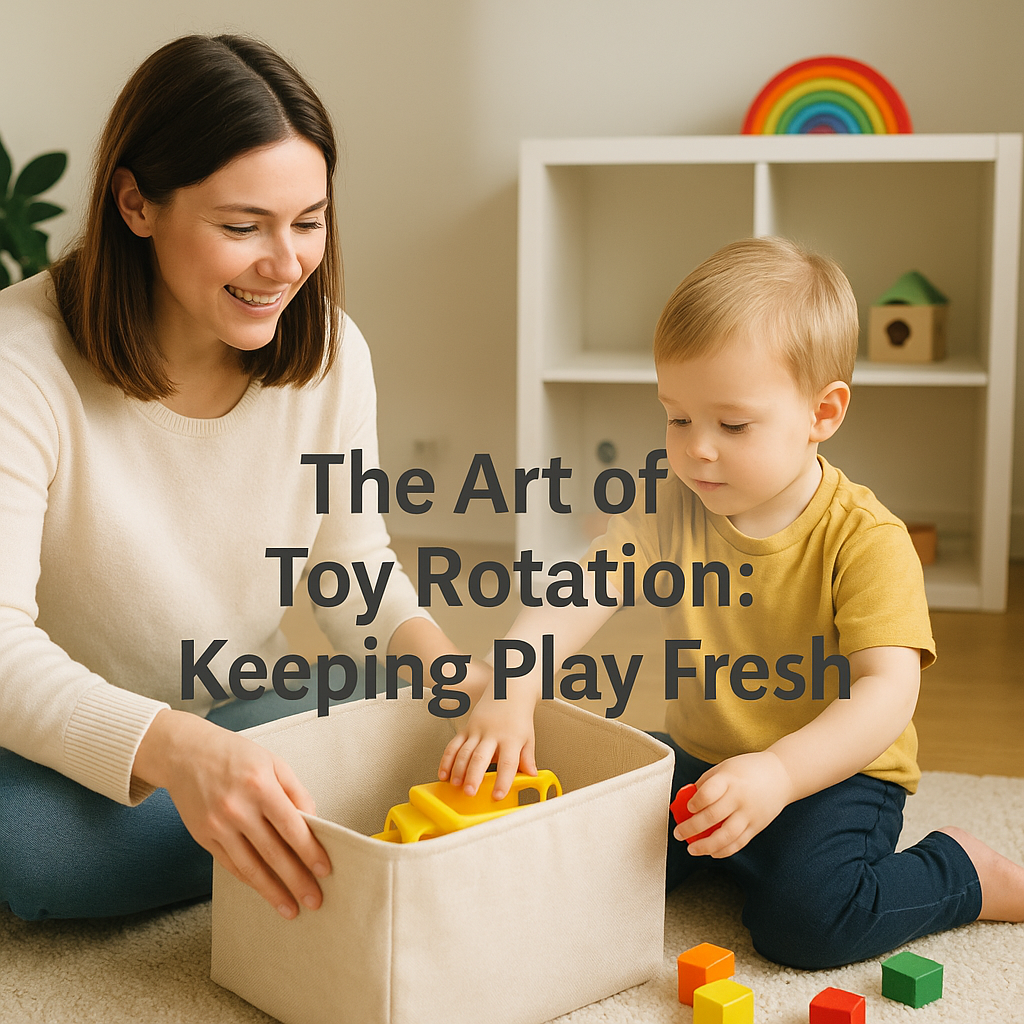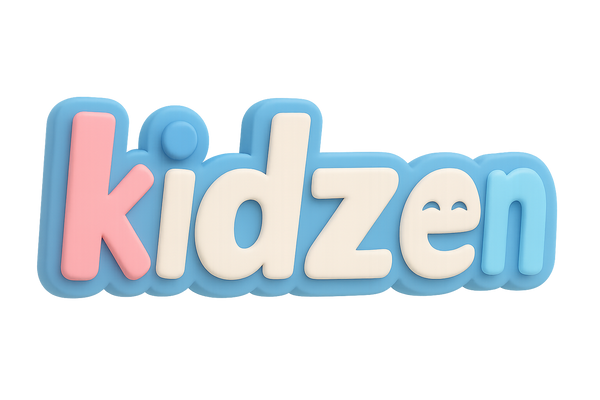
The Art of Toy Rotation: Keeping Play Fresh
Share
Introduction
Kids love new experiences — and in the world of play, “new” doesn’t have to mean buying more toys. Toy rotation is a simple yet powerful method to keep your child’s playtime exciting and engaging, while also supporting their development. By swapping out toys every few weeks, you can spark curiosity, reduce clutter, and encourage deeper, more imaginative play.
A study in Early Child Development and Care (2017) found that when children had access to fewer toys at a time, they played longer and in more varied ways with each toy. This quality-over-quantity approach helps children explore, create, and problem-solve more effectively.
Why Toy Rotation Works
1. Prevents Play Fatigue
When toys are always available, they can lose their appeal. Rotating them creates a sense of novelty and excitement.
2. Boosts Creativity and Focus
With fewer toys at once, children tend to engage more deeply, inventing new uses and stories for the same items.
3. Reduces Clutter and Overwhelm
A cleaner, more organized space can lead to calmer, more focused play sessions.
How to Start Toy Rotation
Step 1: Sort and Categorize
Group toys by type — blocks, pretend play, puzzles, sensory toys, etc.
Step 2: Create Play Sets
From each category, pick a few items and store the rest in labeled bins out of sight.
Step 3: Set a Schedule
Rotate every 2–4 weeks, or when you notice your child losing interest.
Step 4: Observe and Adapt
Notice which toys spark the most creativity and adjust the rotation accordingly.
Pro Tip for Parents
You can involve your child in choosing what goes “away” and what comes “out.” This helps teach decision-making and gives them a sense of control over their play environment.
Closing
Toy rotation is not about having fewer toys — it’s about making the most of what you already have. With a little planning, you can turn your child’s existing toy collection into a constantly refreshing source of fun and learning.
📚 Reference
Dauch, C., Imwalle, M., Ocasio, B., & Metz, A. E. (2017). The influence of the number of toys in the environment on toddlers’ play. Early Child Development and Care, 188(8), 1–7. https://doi.org/10.1080/03004430.2016.1223066
🔍 SEO Keywords
toy rotation, minimal playroom, declutter kids toys, keep play fresh, kids play ideas
